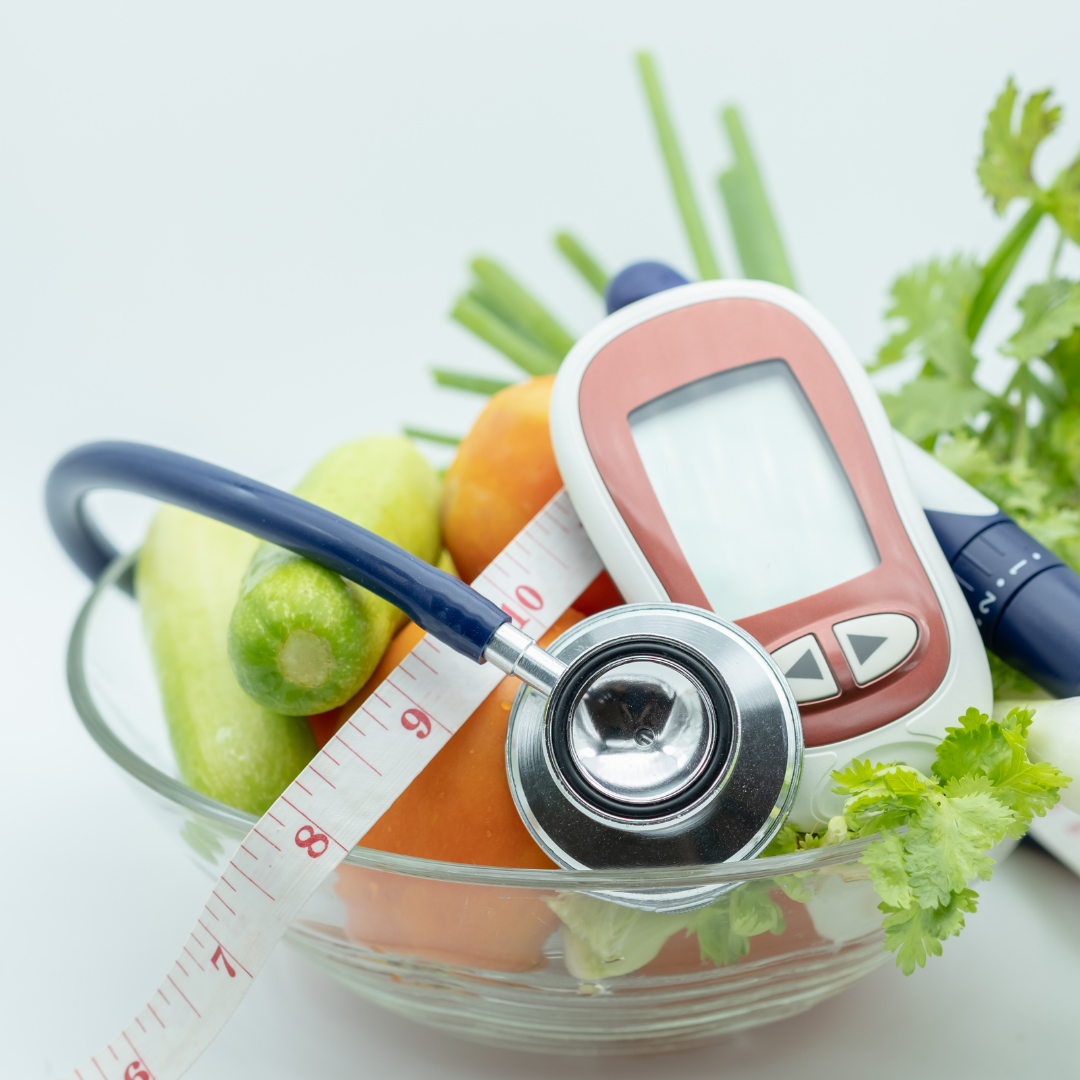For a diabetic, getting up and moving can be a pain. While the options for insulin pumps and continuous glucose monitoring (CGM) technology have been improving, it’s still slow going when it comes to interacting with technology. If a diabetic wants to order a meal, they need a smartphone, an app, and a connection to Wi-Fi. A lot of work for a relatively small payoff. But that could be about to change.
Diabetes is a condition that makes it difficult to control blood sugar levels. It is a chronic and often life-threatening disease that affects millions of people worldwide, including diabetics. However: As the population ages and becomes more urbanized, diabetes rates are likely to increase. While diabetes can be managed, this is only possible through early diagnosis and medication: an increasingly difficult task for patients who live in a society that is increasingly dependent on digital means of communication. This is why a new mobile app has been developed to help diabetics manage their blood sugar levels.
How does Digital innovation good for diabetes patients help
- For Prevention
There are many ways to measure the health of a population. Until recently, the most common has been simply to count the number of people who have a particular disease. If the overall numbers are high, then we conclude that the population is unhealthy, and vice versa if the numbers are low. Diabetes is one of the leading killers in the modern age. Even though it has been around since the dawn of time, the prevalence rate has increased exponentially over the last few decades. The World Health Organization reports that the world has more than 422 million people living with diabetes, and it is predicted to increase to over 441 million by 2035. While some people are born with the tendency to develop diabetes, the vast majority of people are diagnosed later in life.
- For diagnosis
Diagnosis of diabetes can now be done more reliably and quickly due to digital advances. For instance, continuous glucose monitors and insulin pumps offer more accurate and timely readings of glucose levels. Additionally, AI-driven diagnostic tools have enabled earlier detection of diabetes, which can lead to more effective treatments and better patient outcomes. These breakthroughs are due to the significant investments made by medical corporations to create new products. In addition, organizations like IDR Medical (idrmedical.com) tend to provide assistance to medical firms in improving their products and marketing them to a wider audience of diabetic patients. As a result, diabetes diagnosis and treatment have become more accessible, accurate, and cost-effective.
- For management
Diabetes is a chronic medical condition that affects millions of people. Very high blood sugar levels characterize it, and when left uncontrolled, it can lead to blindness, kidney failure, heart attacks, strokes, and nerve damage. Over the past half-century, many new technologies and various food supplements (like this best berberine supplement, for instance) have been introduced to help people with diabetes manage their condition. In fact, digital healthcare continues to advance the treatment of this disease.
Diabetes may seem like an old, outdated condition, but advancements in the field have meant that the disease is now manageable. Today, diabetes is, for many people, a chronic condition that’s not necessarily a big deal. There are, however, some people with diabetes who are prone to experiencing life-threatening complications from the condition. These are people who are prone to poor control of their blood sugar, which can lead to dangerously high or low blood sugar.
- For treatment
Many of us with diabetes have been waiting for better ways to manage our condition. But the technology to accomplish this has been painfully slow in coming. The promise was always that technology would improve our lives. But no one has quite nailed it yet. But technology is finally making it a viable option. Telehealth is a method of providing healthcare to those far away from their doctor’s office. It also enables patients to attend Diabetes Education classes to learn more about how to manage diabetes or communicate in real-time with their physician. The method works through the use of a video conferencing system, digital records, and sensors in the patient’s skin. The patient’s physician can provide guidance, treatment, and monitoring through the use of a video link and the patient’s records. Apparently, telehealth is just one of the several new digital health tools that can help doctors improve their practice and provide more efficient, effective care. But it truly is a magical innovation, as a person sitting anywhere in the world can consult any world-class medical professional.
As we know, the rise of mobile and data-based health technologies has been a major boon to patients. There is no need to worry about how you are doing, from monitoring temperature to blood pressure, biometric monitoring, and activity trackers. This has been made possible by advancements in the digital collection of health data. However, the rise of telehealth and the advent of wearable health tech has promised the shift from a traditional, one-size-fits-all approach to healthcare to a personalized, bespoke approach.

